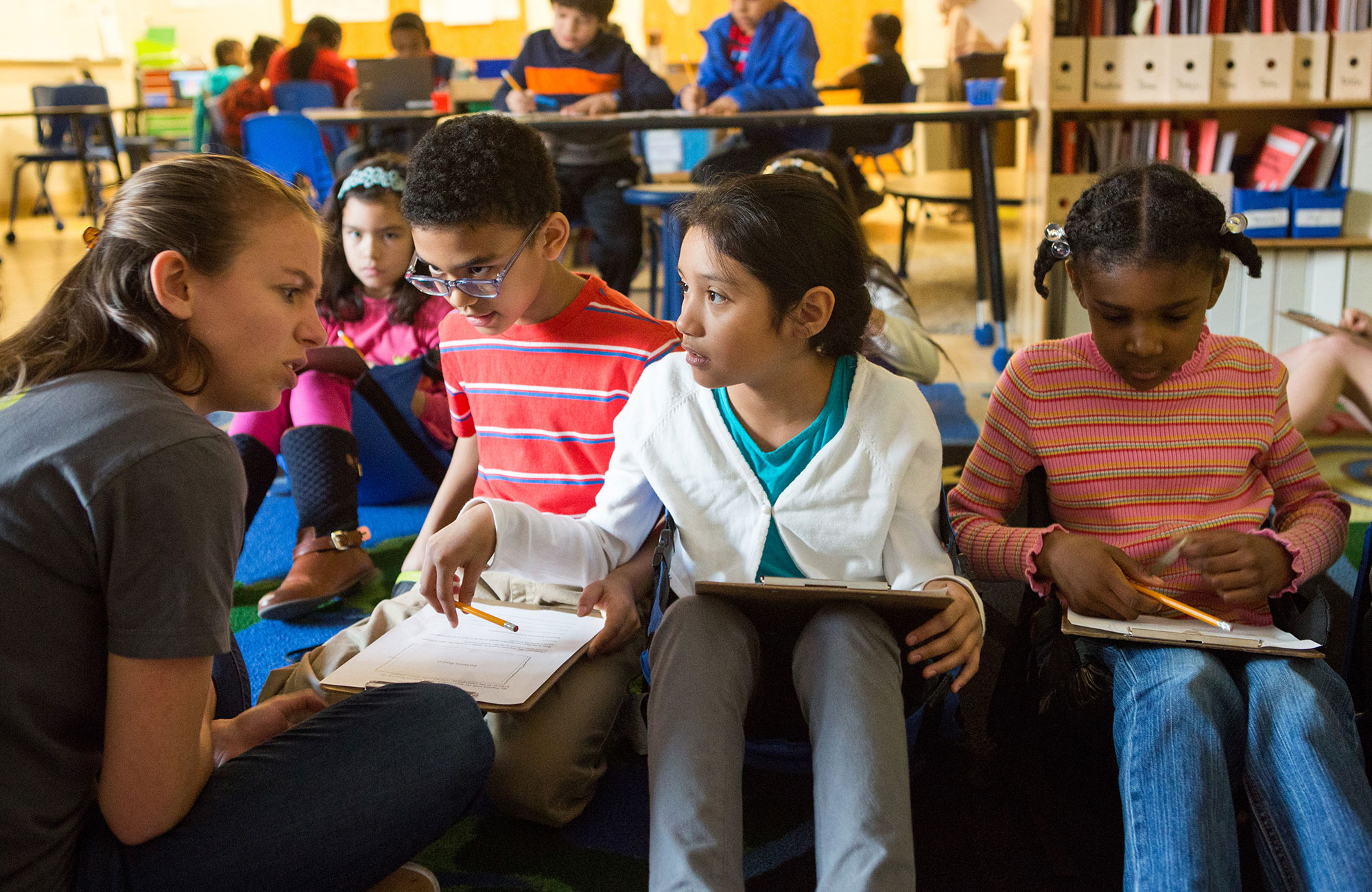When It Comes to Educating Foster Children, Are States Stepping Up to the Plate?


Many kids in America have the privilege of having a parent that takes a daily interest in their academic careers — parents who make sure they are well fed in the morning, have transportation to and from school, and complete their homework assignments.
But unfortunately, many doesn’t mean all.
For National Foster Care Day, we turn our attention to the vast majority of students who aren’t afforded those same comforts and environments.
Many foster children across the country live in a world of uncertainty and instability. The child-like worries of their peers, like making it home in time to watch their favorite cartoon or which pair of new shoes they want to wear to school, are overshadowed by questions like ‘How will I get to and from school?’, ‘How long will I stay in this home?” and “Will I be reunited with my family?”
According to the U.S. Dept. of Education, of the “approximately 415,000 children in foster care in 2014, nearly 270,000 were in elementary and secondary schools. Studies find that children in foster care are much more likely than their peers to struggle academically and fall behind in school.”
A 2016 study of Colorado students in foster care found that school changes had a statistically significant impact on the ability of those youths to graduate – disproportionately affecting African American foster youth, who experienced more school changes on average.
“The high school graduation rate for foster youth was 33 percent in 2016, and fell to 23 percent in 2017,” according to DHS.
While this data may be disappointing, the Every Student Succeeds Act (ESSA) provides a great opportunity for states to better help this population of at-risk students. ESSA calls for students in foster care to be able to stay in their “school of origin” even if it’s no longer their neighborhood school, according to Education Week. “The state must work with school districts and local child welfare agencies to provide transportation.”
The Colorado state legislature is considering a $2.9 million bill “aimed at improving the educational success of students who are foster youths.” If signed by the governor, Colorado will be the first state to officially implement a program that conforms to ESSA’s requirement that “compels school systems to ensure that, among other things, foster kids have a ride to school.”
In California, HopSkipDrive, a child-focused ride-sharing company, is partnering with Los Angeles County’s Office of Education (LACOE) to transport foster youth to school. If a success, “the pilot could affect not just the roughly 12,000 school-aged foster youth in L.A. County, but hundreds of thousands more across the U.S.”
For all states, transportation was required to be in place one year after the passage of ESSA, but at least 11 states either have outright failed or are struggling in their implementation of ESSA’s foster care transportation provision, according to new reporting by The Chronicle of Social Change.
Under ESSA, states are now also required to track achievement of students in foster care, which will help schools, teachers, and states gain valuable information on how our schools can better serve these at-risk students.
It is clear that states need to step up to the plate to ensure education stability for these students and have accountability systems in place so that these students aren’t ignored or brushed aside.
While ESSA allows states the opportunity to be creative and tailor their efforts to satisfy students’ needs, states are barely reaching the bar.
These kids deserve more.
Shanessa Bryant is a Communications Specialist at the Collaborative for Student Success
About the Collaborative for Student Success
At our core, we believe leaders at all levels have a role to play in ensuring success for K-12 students. From ensuring schools and teachers are equipped with the best materials to spotlighting the innovative and bold ways federal recovery dollars are being used to drive needed changes, the Collaborative for Student Success aims to inform and amplify policies making a difference for students and families.
To recover from the most disruptive event in the history of American public schools, states and districts are leveraging unprecedented resources to make sure classrooms are safe for learning, providing students and teachers with the high-quality instructional materials they deserve, and are rethinking how best to measure learning so supports are targeted where they’re needed most.

